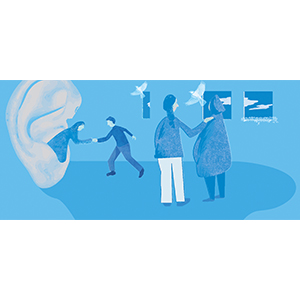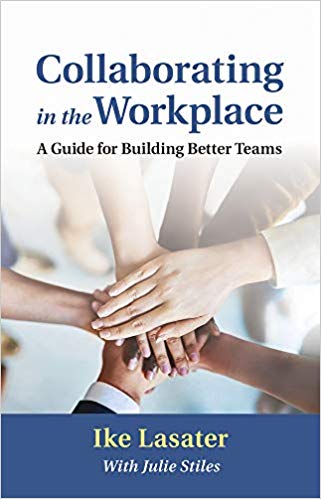
Team Work In Action
 I have spent the last 15 years offering workshops to the general public. These workshops have been based upon the psychological and brain science research of the last several decades, as well as the insights developed and articulated by Marshall Rosenberg, PhD, which he called “Nonviolent Communication (NVC).” During this time my focus was to develop, with John Kinyon, eleven maps for navigating conflict, and the nine skills necessary to use these maps (see www.MediateYourLife.com).
I have spent the last 15 years offering workshops to the general public. These workshops have been based upon the psychological and brain science research of the last several decades, as well as the insights developed and articulated by Marshall Rosenberg, PhD, which he called “Nonviolent Communication (NVC).” During this time my focus was to develop, with John Kinyon, eleven maps for navigating conflict, and the nine skills necessary to use these maps (see www.MediateYourLife.com).
More recently, I have realized how important it is to introduce the understandings articulated by Marshall Rosenberg into the business community. This is because, in our modern times, businesses and organizations are influential agents of worldwide change. How business organizes itself, and how the latest trends of management are adopted, impacts not only the employees of these organizations, but their families and where these families live.
My recent trip to Taiwan, PRC and South Korea confirmed this belief. As part of this trip, I spent three days facilitating a team effectiveness training in Taipei hosted by the CP Yen Foundation. The participants were professionals such as CEOs, HR managers, school counselors, coaches and group facilitators who work in corporate or organizational environments. They seemed eager and excited to learn how to enhance team effectiveness in their organizations. After the Taipei workshop, I spent three days facilitating another team effectiveness training at the Dongfeng Nissan car manufacturing plant in Guangzhou where the leadership of the training center has, for the past two years, vigorously offered NVC trainings that have resulted in 1000 employees being trained. I was gratified to hear from several of the these participants that the workshop helped them advance from a theoretical understanding of NVC to a practical way to integrate NVC in their day-to-day interactions.
I take Dongfeng Nissan car manufacturing plant as a heartening sign that it the insights developed by Marshall Rosenberg are more becoming more readily accepted in the mainstream business world.
Another sign of this acceptance is Microsoft CEO Satya Nadella’s drive to incorporate more empathy in Microsoft’s culture. As  part of this initiative, one of Nadella’s first acts as CEO was to request that the company’s leaders read Rosenberg’s book, Nonviolent Communication. Nadella’s emphasis on “the kinds of soft skills that are often derided in the cutthroat world of corporate politics” is credited in large part with a $250 billion increase in Microsoft’s market value in the 3 ½ years since he became CEO. (see “Satya Nadella Rewrites Microsoft’s Code,”Fast Company,09.18.17.)
part of this initiative, one of Nadella’s first acts as CEO was to request that the company’s leaders read Rosenberg’s book, Nonviolent Communication. Nadella’s emphasis on “the kinds of soft skills that are often derided in the cutthroat world of corporate politics” is credited in large part with a $250 billion increase in Microsoft’s market value in the 3 ½ years since he became CEO. (see “Satya Nadella Rewrites Microsoft’s Code,”Fast Company,09.18.17.)
My belief is that teams can more effectively use team members’ individual knowledge and skills through collaboration. Self-connection, and connection with others, is the foundation upon which collaboration is built. Team members need to be connected with themselves in order to be connected with others. Out of connection with others, we develop mutual trust. And out of mutual trust, collaboration grows and thrives. Often, the most effective strategy for connection is empathizing with yourself in order to create self-connection, and empathizing with another person in order to connect with them. NVC can contribute by offering a learnable system that teaches how to empathize.
Recent data shows that collaborative activities are increasingly at the core of modern business life, and that both business profitability, and employee satisfaction and retention, increase when teams collaborate more successfully. What’s more, a team that collaborates well leads to a collective intelligence that is more than the sum of the parts, and thus generates higher quality decisions and wastes less time and resources. The innovative team of the future is one where the skills of collaboration are vital to its success.*
*I have written about this topic at greater length at the following link: White Paper: What Makes An Effective Team? Learning the Necessary Skills for Successful Collaboration



